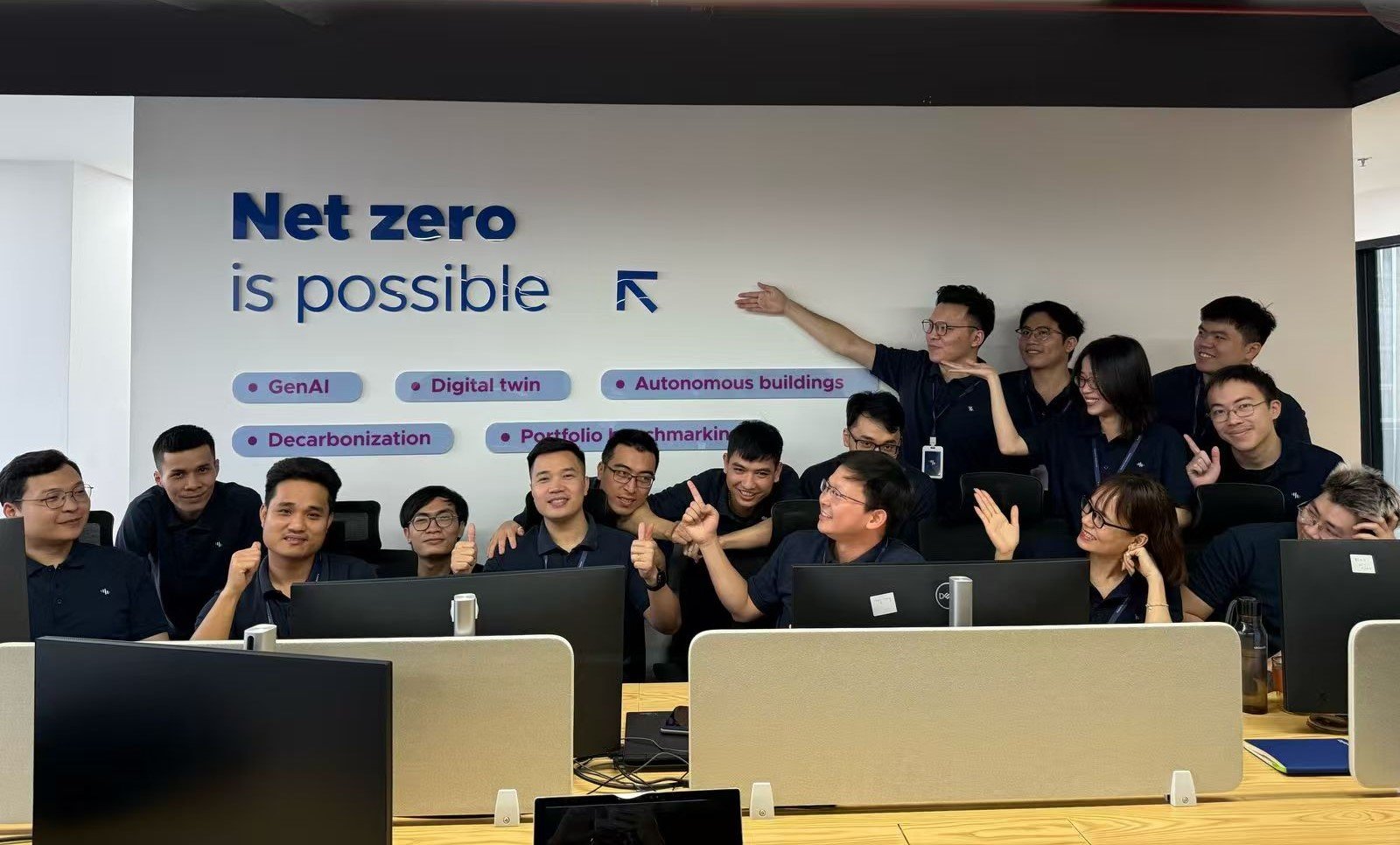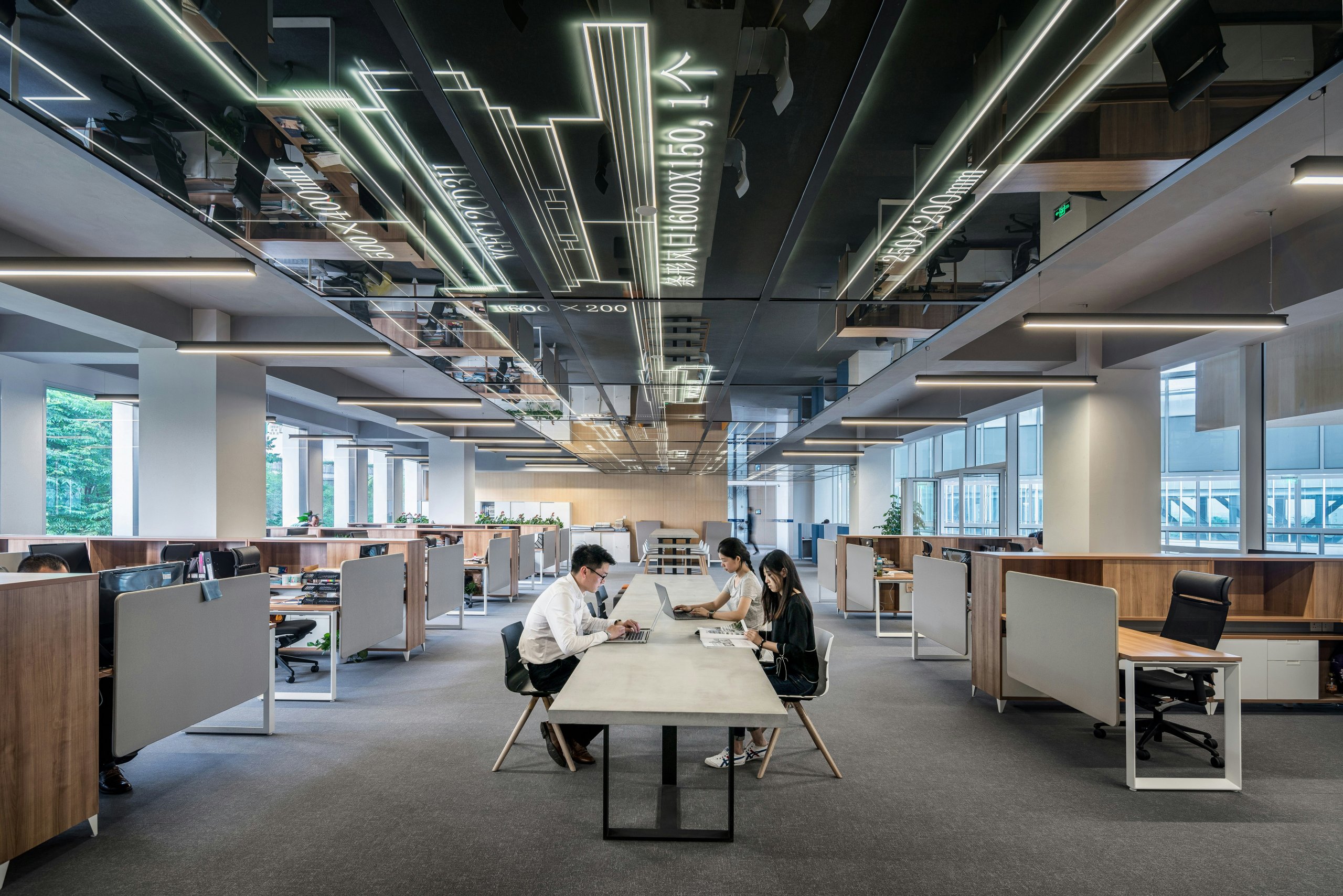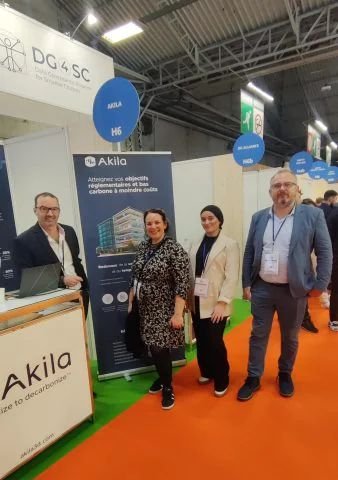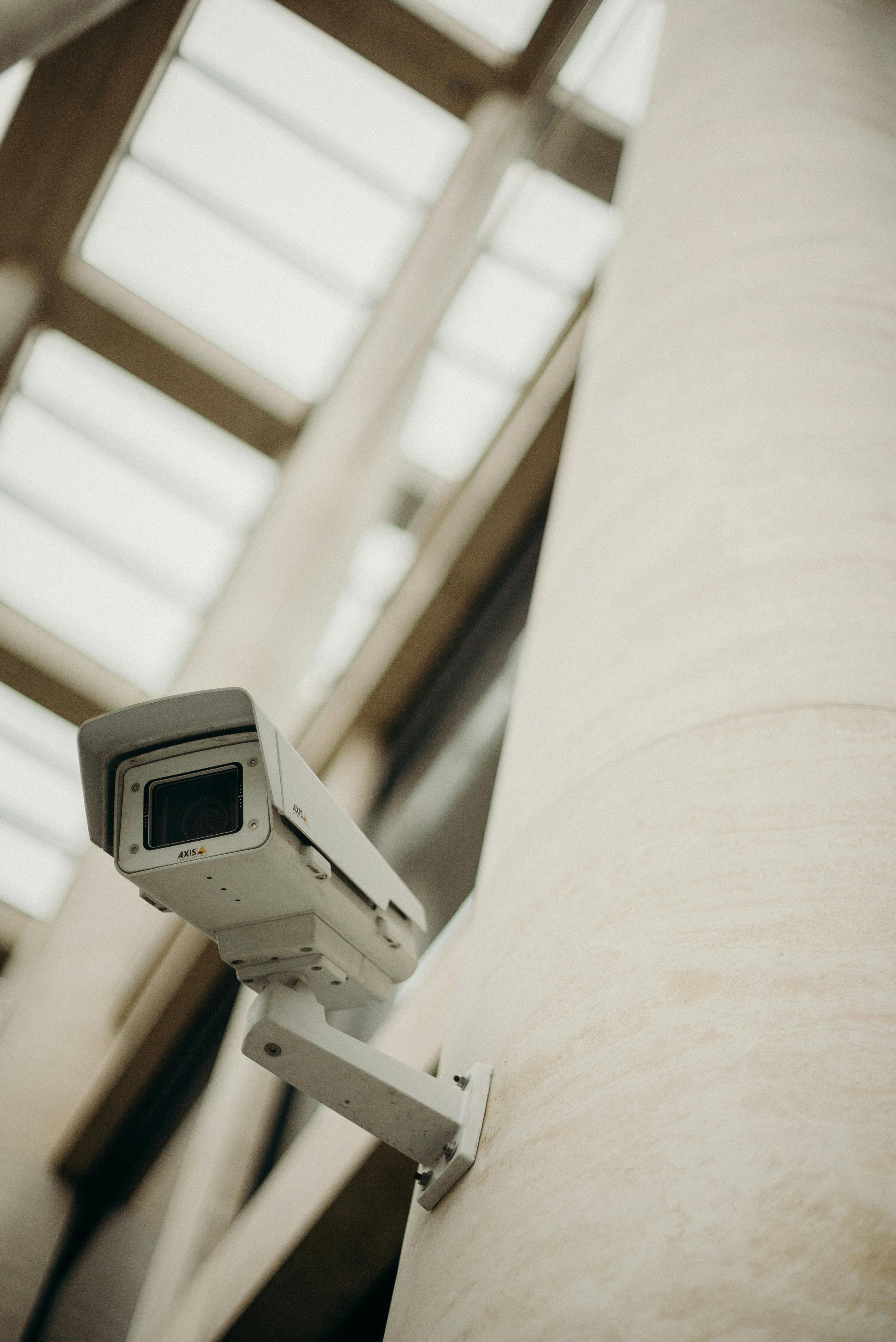
As climate change intensifies, new innovative legislative measures have emerged to aim reducing carbon emission especially in the built environment. Two major regulations for buildings that have been implemented in 2024 are the New York City’s Local Law 97 (LL97) and France’s Building Automation and Control Systems (BACS) decree. These regulations highlight a growing global commitment to environmental stewardship as they are both targeting energy efficiency and emissions reduction in buildings, making a significant step in the global fight against climate change.
LL97 and the BACS Decree are part of a broader trend toward stricter building standards such as the European Union’s Energy Performance of Buildings Directive (EPBD) and the United Kingdom’s Net Zero Strategy which further illustrate this commitment to reducing carbon emissions through rigorous regulations.
In New York, buildings account for nearly 70% of the city’s carbon emissions, largely due to their reliance on fossil fuels for heating, cooling, and electricity. LL97 addresses this issue by imposing strict carbon caps on buildings over 25,000 square feet, with the goal of making the city carbon neutral by 2050.
Meanwhile, in France, the BACS decree, emanating from the Tertiary Decree, mandates the implementation of automated control systems in buildings, ensuring that energy consumption is continuously monitored and optimized for efficiency.
To fully understand the implications of these developments, it is essential to examine how LL97 and the BACS Decree will transform building operations. Insights into these regulations will shed light on the future of sustainable buildings and the evolving standards of urban environmental responsibility.
LL97: New York City’s Climate Mobilization Act
Overview and Objectives
Local Law 97 (LL97) is a key element of New York City’s Climate Mobilization Act, enacted in 2019. It aims to tackle climate change by significantly reducing New York City’s carbon emissions—by 40% by 2030 and 80% by 2050 compared to 2005 levels—focusing on large buildings that account for approximately 70% of the city’s total emissions.
Emission Caps and Penalties
LL97 imposes emission caps on buildings based on their size and type, with strict penalties for those exceeding these limits. The penalties are tiered according to the level of excess emissions, providing a strong financial incentive for compliance.
Implications for Building Owners
Building owners will need to invest in retrofits and upgrades to meet LL97’s standards, embracing sustainable technologies and systems. This shift not only helps meet LL97’s targets but also offers long-term benefits such as cost savings and improved operational efficiency.
BACS Decree: Advancing Energy Efficiency in France
Overview and Requirements
The BACS Decree mandates the implementation of Building Automation and Control Systems (BACS) to enhance energy efficiency. By the 1st of January 2025, commercial buildings with a rated output of more than 290 kW must install a Building Management System (BMS), and by the 1st of January 2027, this requirement extends to buildings with a rated output of more than 70 kW.
Goals and Benefits
The main goal of the BACS Decree is to modernize facilities with cutting-edge technology that drives efficiency and sustainability. Integrating BACS allows buildings to better manage their energy use, reduce waste, and respond dynamically to changing conditions, leading to significant reductions in energy consumption and improved operational performance.
Implications for Building Owners
The decree means to modernize their facilities with cutting-edge technology that drives efficiency and sustainability for building owners. This will lead to significant reductions in energy consumption, improved operational performance, and long-term cost savings.
Challenges for Building Owners
Financial and Technical Obstacles
Building owners face substantial challenges in meeting the requirements of LL97 and the BACS Decree. The financial burden includes the significant investment required for retrofitting and system upgrades. Additionally, failing to adhere to LL97’s emissions limits can result in hefty penalties, adding financial pressure.
The technical challenges involve integrating BACS with existing building infrastructure, which often requires specialized knowledge and skilled labor. Ensuring correct installation and operation of these systems adds another layer of difficulty.
The Future of Sustainable Buildings
Long-Term Benefits
The implementation of LL97 and the BACS Decree represents a pivotal shift towards more sustainable building practices. These regulations are designed to drive significant reductions in carbon emissions and enhance energy efficiency, setting a precedent for environmental stewardship.
In the long term, buildings that comply with these regulations will experience reduced carbon footprints, operational savings from improved energy efficiency, and enhanced property values. LL97 and the BACS Decree align with evolving urban planning trends, pushing for greener, energy-efficient buildings that reduce environmental impact.
Inspiring Future Policies
The success of LL97 and the BACS Decree could inspire similar policies globally, amplifying their impact on climate change and building sustainability. As more regions adopt these forward-thinking regulations, the collective effort towards a more sustainable future will gain momentum, driving further innovation and environmental progress.
Visit the following links to learn more about LL97 and BACS decree compliance.




